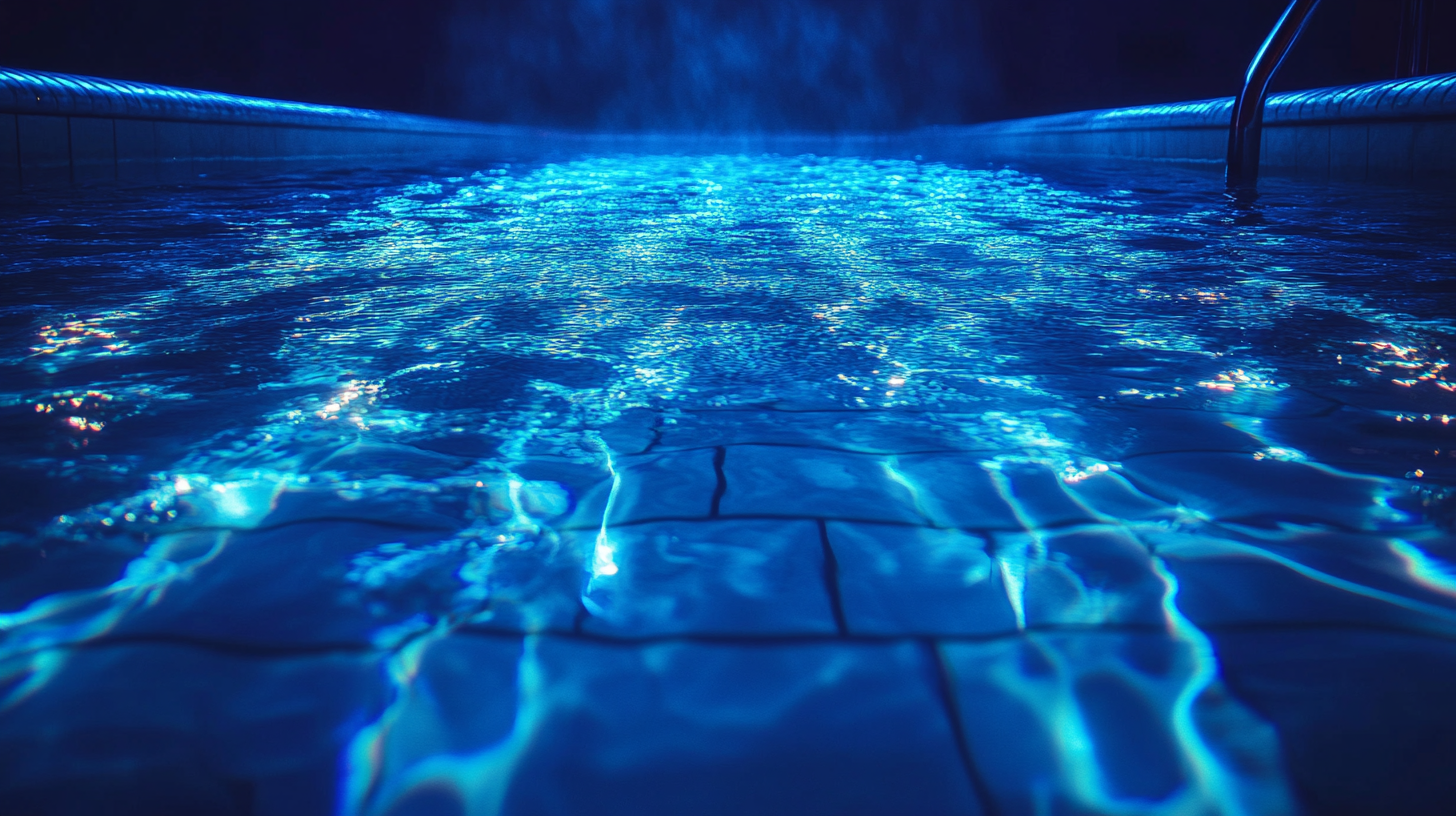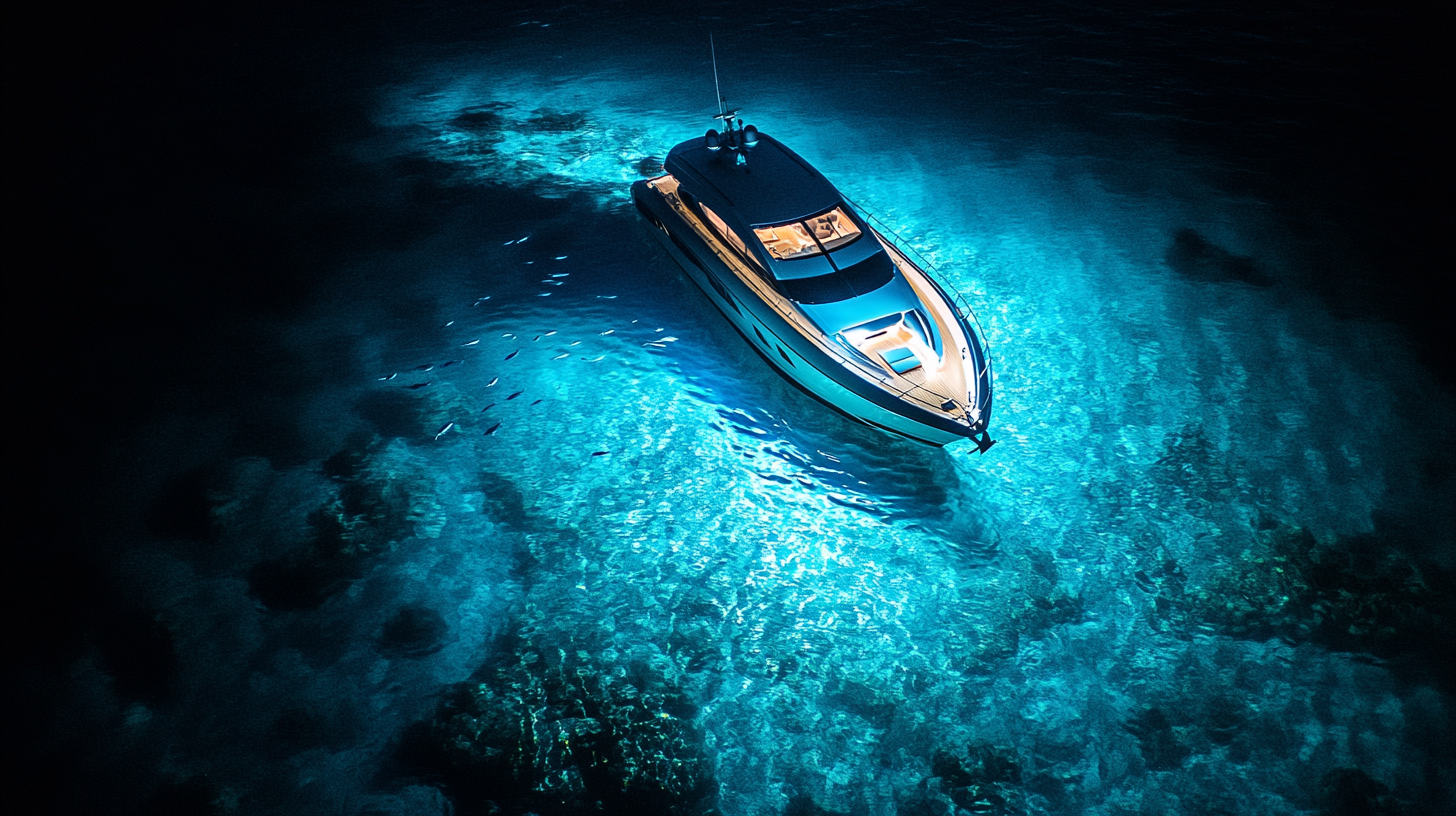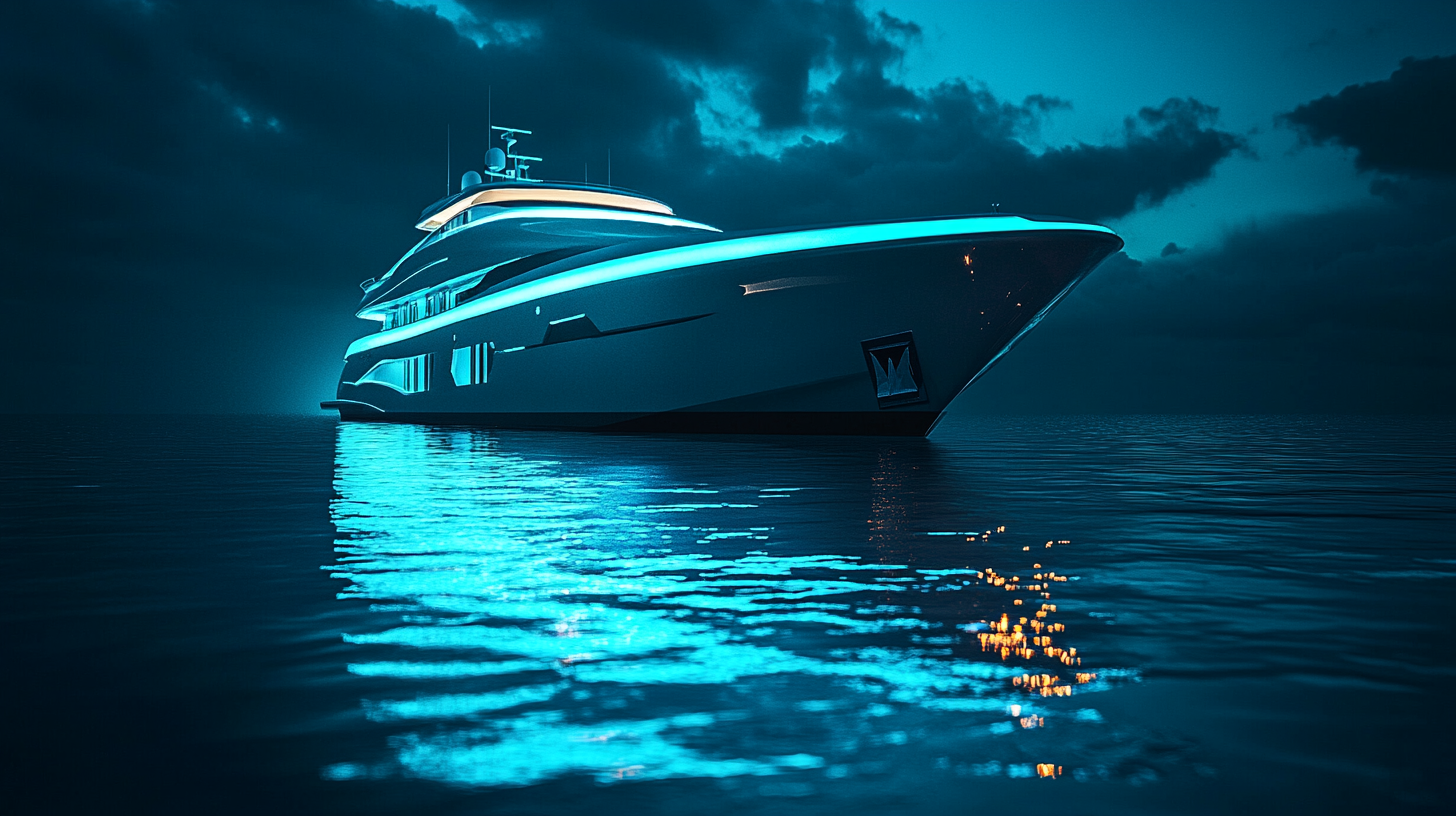Maintaining color consistency in underwater pool lights
When it comes to keeping your underwater pool lights looking vibrant, understanding the best practices for maintaining color consistency is key. A brilliantly lit pool creates not just ambiance but also enhances safety, so making sure that the colors remain true and even is a priority. To begin with, always make sure your pool lights are installed at uniform depths. This ensures even light distribution, which helps prevent unwanted patches of brightness or dimness that can cause colors to look mismatched.
Another tip is to consistently use high-quality lighting components, from the LEDs themselves to the fixtures holding them. Cheap or poorly manufactured lights may initially look great, but over time, they tend to degrade, resulting in fading or inconsistent hues. Investing in top-tier materials not only ensures a more appealing aesthetic but also reduces the frequency of replacements or maintenance—saving you time and money in the long run.
Don’t forget to align the color among all the lights. Even subtle variations in brightness or hue across different lights can be jarring. Make sure you’re using a connected lighting system that allows for synchronized control of your entire pool’s illumination. This is particularly important if you’re using a dynamic setup with changing colors or integrated smart technology. Synchronization ensures any transitions are smooth and that the lighting will maintain a unified color scheme over time.
Lastly, regular maintenance is an ongoing part of keeping your pool lights operating at their peak performance. Periodic cleaning to remove debris or buildup on the light lenses will avoid any obstructions that could distort color. In addition, ensure that your electrical and lighting systems are operating optimally, as any faults can impair color consistency, turning a once-beautiful pool into a pale imitation of its former self.
Common causes of color shift in pool lights
Color shifts in underwater pool lights can be caused by a variety of factors, many of which pool owners aren’t even aware of until it’s too late. One of the most common culprits is degradation over time, particularly in low-quality or poorly manufactured LEDs. As lights age, the color spectrum they emit can shift, moving away from their intended hue. This is more likely to happen if the lights are frequently exposed to extreme heat or if their ventilation is inadequate, as excess temperature can affect the LED’s internal components and cause irregular color performance.
Likewise, incorrect voltage supplied to the lighting system can also trigger unexpected color changes. LEDs are particularly sensitive to voltage fluctuations; too little power might dim your lights, while too much can cause a color shift, making your pool lights take on a completely different hue from what’s intended. Maintaining proper voltage levels is crucial in preserving consistency. Using a voltage regulator or even investing in lighting-specific power supplies can prevent these types of disruptions.
Another significant factor contributing to color shift is water chemistry. Imbalanced pH levels or excessive minerals in the pool water can cause the light’s lens or casing to degrade, resulting in changes in how the light refracts. For example, calcium or other mineral deposits can accumulate on the surface of the light fixtures over time, causing a cloudy or murky appearance that affects both brightness and color. Regular cleaning of the lens and maintaining balanced pool water chemistry can help to avoid these unwanted effects.
Improper installation is another often overlooked cause of color shift. If your underwater pool lights weren’t installed at identical angles or depths, the water distorts the light differently, which can lead to color variations even if the lights themselves are performing perfectly. Additionally, the presence of air pockets or water inside the fixture can further amplify this issue. Ensuring your pool lights are professionally installed by a trusted technician mitigates the risk of installation-related color shifts.
Lastly, some environmental factors, like ambient lighting or the type of pool lining, can also create perceptual color shifts. A bright streetlight near your pool or surrounding surfaces that reflect too much artificial light could interfere with the appearance of your pool lights. Choosing lighting designed to work harmoniously with your pool’s setting, and taking into account its external lighting environment, helps to maintain your desired color consistency.
Choosing the right LED technology for pools
Choosing the right LED technology for your pool is crucial for achieving and maintaining color consistency in your underwater lights. Not all LEDs are created equal, and selecting the right ones can mean the difference between a stunning, evenly lit pool and one that appears patchy or inconsistent. The first aspect to consider is the color rendering index (CRI) of the LEDs. Essentially, CRI is a measure of how accurately a light source reveals the colors of objects compared to natural light. For pool lighting, it’s generally recommended to go for LEDs with a CRI of at least 80. This will ensure that the colors, whether you’re aiming for a dazzling blue or a lush green hue, stay vibrant and true, refracting beautifully through water.
When it comes to underwater settings, you’ll want to choose RGB or RGBW LED systems. These types of LEDs offer a broader spectrum of colors by blending primary light colors—Red, Green, and Blue in the case of RGB, and the addition of White in RGBW. RGB LEDs are typically sufficient if color-changing effects are the goal, but RGBW gives an extra level of nuance, providing pure white along with mixed colors for more dynamic and vivid lighting. RGBW systems often deliver a more natural and consistent overall pool ambiance, particularly in scenarios where soft, ambient lighting is desired. This addition of white light also reduces color distortions you might get with pure RGB systems when trying to achieve lighter shades like pastel blues or soft whites.
Energy efficiency should also factor heavily in your decision-making process. Underwater LED lights are generally more efficient than older incandescent technology, but not all LEDs perform the same in this area. Seek out LED lights with high luminous efficacy, essentially meaning they produce more light per unit of power consumed. This not only helps keep energy costs down over time but also maintains consistent brightness for years, reducing the likelihood of dimming or color shift due to poor energy management. The more efficient the LED system, the longer you can expect to enjoy consistent colors without having to worry about early degradation.
Durability and waterproof ratings are vital, too. You’ll want to choose LEDs with an Ingress Protection (IP) rating of at least IP68, as this guarantees they can withstand long-term submersion and resist the potential effects of pool chemicals and debris. With an IP68 rating, you can be confident that your pool lights are not only safe but also maintain their color consistency much longer without the risk of moisture or chemical-induced degradation.
Another feature worth considering is selecting LED setups that are compatible with smart control systems. With smart technology, you can easily adjust color settings, brightness, and lighting sequences via apps or specialized controllers. This level of control allows you to fine-tune your pool ambiance without any major hassle, ensuring that all lights stay synchronized and produce the intended colors consistently, even during color-changing sequences.
While cost might seem like an influential factor, think of underwater LEDs as a long-term investment. Choosing premium LED products designed specifically for underwater use ensures that you won’t be replacing lights anytime soon—or dealing with the frustrations of color inconsistency. Investing upfront in high-quality LED technology that’s purpose-built for underwater environments will save you countless hours in maintenance and troubleshooting while delivering those beautiful, true-to-tone colors that make your pool the envy of the neighborhood.
Maintenance tips for long-lasting color performance
Regular upkeep plays a critical role in maintaining the color consistency and overall performance of your underwater pool lights. Here are several essential maintenance tips that will help ensure vivid and stable colors for your pool’s illumination system over time.
Periodic Cleaning of Light Fixtures
One of the simplest yet most effective tips is to clean the light fixtures regularly. The underwater environment of a pool, combined with chemical additives like chlorine, can lead to the buildup of grime, scale, and mineral deposits on the pool lights over time. This debris can block or distort the light emitted, reducing both brightness and altering color perception. Calcium deposits, for example, are notorious for causing a cloudy buildup on the surface of the lights, potentially affecting the purity of colors and making them appear dull.
To prevent these issues, it’s recommended to clean the light lenses at least once every 2 to 3 months, using a soft brush or cloth and a gentle, non-abrasive cleaning solution. Avoid harsh chemicals that might further degrade the lens material or the waterproof seal, as this could lead to more serious problems over time, including water ingress into the fixture.
Maintaining Balanced Water Chemistry
Another key factor that contributes to long-lasting color performance in pool lights is consistent water chemistry management. Unbalanced pH levels or high mineral content in the water can cause damage or discoloration of the light fixtures and lenses. Over time, acidic or improperly chlorinated water could even corrode certain parts of the lights, which may distort the color emitted by the LED over time—making the lights appear yellowish or foggy.
To keep your pool’s water chemistry balanced, regularly test for factors such as pH, calcium hardness, and total alkalinity. Maintaining a proper pH level between 7.2 and 7.6 can help prevent discoloration and protect both the internal components of your pool lights as well as their surrounding fixtures, ensuring that the lights remain clear, bright, and able to convey true-to-color hues.
| Parameter | Ideal Range |
|——————|————————–|
| pH | 7.2 – 7.6 |
| Calcium Hardness | 200 – 400 ppm |
| Total Alkalinity | 80 – 120 ppm |
| Chlorine | 1 – 3 ppm |
Regular Electrical System Checks
In addition to keeping the light fixtures clean and maintaining proper water chemistry, it’s also critical to keep the electrical systems in top shape. Faulty wiring, loose connections, or fluctuations in voltage can directly impact the electrical power going to your pool lights, resulting in inconsistent brightness and color shifts. Checking the cables and connectors for any signs of corrosion, rust, or wear at least once or twice a year can help prevent sudden failures in lighting performance.
You should also monitor the voltage being delivered to the lights to ensure it’s consistent with the recommended levels for your specific lighting system. A voltage variance, whether too high or too low, can lead to changes in color hues or brightness, especially as LEDs are sensitive to improper power inputs over time. Using a voltage stabilizer or surge protector is an excellent long-term strategy for maintaining electrical stability, thereby preserving color consistency.
Replacing Damaged or Worn Components
Wear and tear are inevitable, especially given the harsh environment underwater lights must endure – from consistent exposure to chemicals to the potential for physical impact from swimmers or pool cleaning equipment. Over time, components like the seals, gaskets, and O-rings around the light housing can degrade, leading to the possibility of water entering the electrical components. When water infiltrates the light housing, not only can it cause the light to short circuit, but it can also lead to thermal degradation, where heat retention causes the light’s color temperature to shift or fade more quickly than expected.
Regularly inspect these protective components and replace them as needed. Pay special attention to the tightness of the screw-on gaskets or other waterproof seals, as even a slight loosening can compromise the fixture’s integrity.
Implementing Smart Lighting Control Systems
Utilizing smart control systems for your pool lights can significantly reduce the headache of manual adjustments and also helps to maintain color consistency over time by giving you control over brightness, color tone, and even color synchronization across multiple lights. These systems allow you to monitor the status of your pool lights and make fine adjustments that directly impact their performance and longevity.
Moreover, leveraging the scheduling features in smart systems will allow for automatic dimming or turning lights off during non-use hours, which can help prolong the lifespan of the LEDs, keeping colors rich and true for longer periods.
Timely Upgrades and Repairs
While modern pool lighting technology, especially LED systems, is built for durability and low maintenance, you should still be proactive about making timely repairs or upgrades when necessary. If you notice even slight variations in brightness or color across your pool lights, don’t wait for the problem to escalate. Failing LEDs should be replaced sooner rather than later to ensure the rest of the system isn’t strained by overuse or underperformance in one part, leading to inconsistencies. A proactive replacement cycle can help avoid further color drift and ensure uniformity across all pool lights.
Addressing minor issues, such as flickering lights, changes in color shift, or dimming, as early as you notice them can extend the life expectancy of your chandelier in the pool, protecting your investment in both aesthetics and safety.
By adhering to these maintenance tips and periodically monitoring both the lights and the pool’s water chemistry, you’ll find that maintaining color consistency in underwater pool lights becomes an easy, streamlined process.
Troubleshooting color imbalances in pool lighting systems
Troubleshooting color imbalances in pool lighting systems can be a bit tricky, but it’s certainly not impossible. The first step is identifying the root cause. Often, color variations result from a mismatch in power delivery. If your pool lights are receiving unequal voltage, you may see variations in light intensity or hues that seem a little off. Start by checking the power supply; ensure that all fixtures are getting consistent voltage, as this is crucial for maintaining color consistency. If the voltage is uneven, installing a voltage regulator might help resolve the issue.
Another common issue lies in poor connections or faulty wiring, which can distort the uniformity of the colors. You should inspect the wiring that connects the lighting system to the power source, particularly if the pool lights have been in use for several years. Corroded or damaged wires can result in weaker light output or cause the light to flicker, making it hard to maintain consistent shades. Tighten loose connections, clean any corroded parts, and replace wires where needed to ensure a stable and balanced electric flow.
If the problem isn’t electrical, it could be related to the lighting fixtures themselves. LED pool lights are designed to have long life spans, but nothing lasts forever. LEDs can degrade over time, causing a shift in color, especially if one light has aged faster than others. If you notice one light is significantly dimmer or its color looks a bit “off” compared to the rest, it might be time for a replacement. LEDs that are starting to fail will often exhibit color shifts—like a red light turning more pink or a green light taking on a yellow tint—making irregularities more noticeable.
Inconsistent water quality can also lead to color distortion. If your pool’s water chemistry is out of balance, minerals or deposits may accumulate on the lenses, clouding their surface and altering not just brightness but color as well. A build-up of calcium, for example, can create a dull or foggy appearance, making even the most vibrant colors appear washed out. Regular lens cleaning is key here, as well as maintaining balanced pH levels to prevent future build-up.
Additionally, environmental factors can contribute to imbalances too. If external lights—such as landscape lighting or even the moonlight—are reflecting off your pool, they can interfere with how the underwater colors appear. Ambient light might clash with colored LEDs, especially during dusk or nighttime when these extra light sources are more prominent. In this case, adding shading solutions, like a pool cover when not in use, or using light-blocking landscaping around the pool, might help solve the issue.
Finally, smart lighting systems can sometimes exacerbate color imbalances rather than fix them, especially if the software controlling the color sequences isn’t calibrated properly. If you’re using a smart control system where lights move through different colors on a sequence, try resetting the system or updating the software. Synchronization problems can trick your eyes into thinking the colors are out of balance, when they’re simply misaligned. If the issue persists, contact the system manufacturer to troubleshoot deeper programming glitches that might affect color coordination.
By addressing potential power inconsistencies, worn-out fixtures, environmental interferences, and water quality issues, troubleshooting color imbalances in your pool lights should become a straightforward process. This approach will ensure that you continue maintaining color consistency across all the lights, keeping your pool looking as inviting and vibrant as ever!


